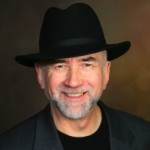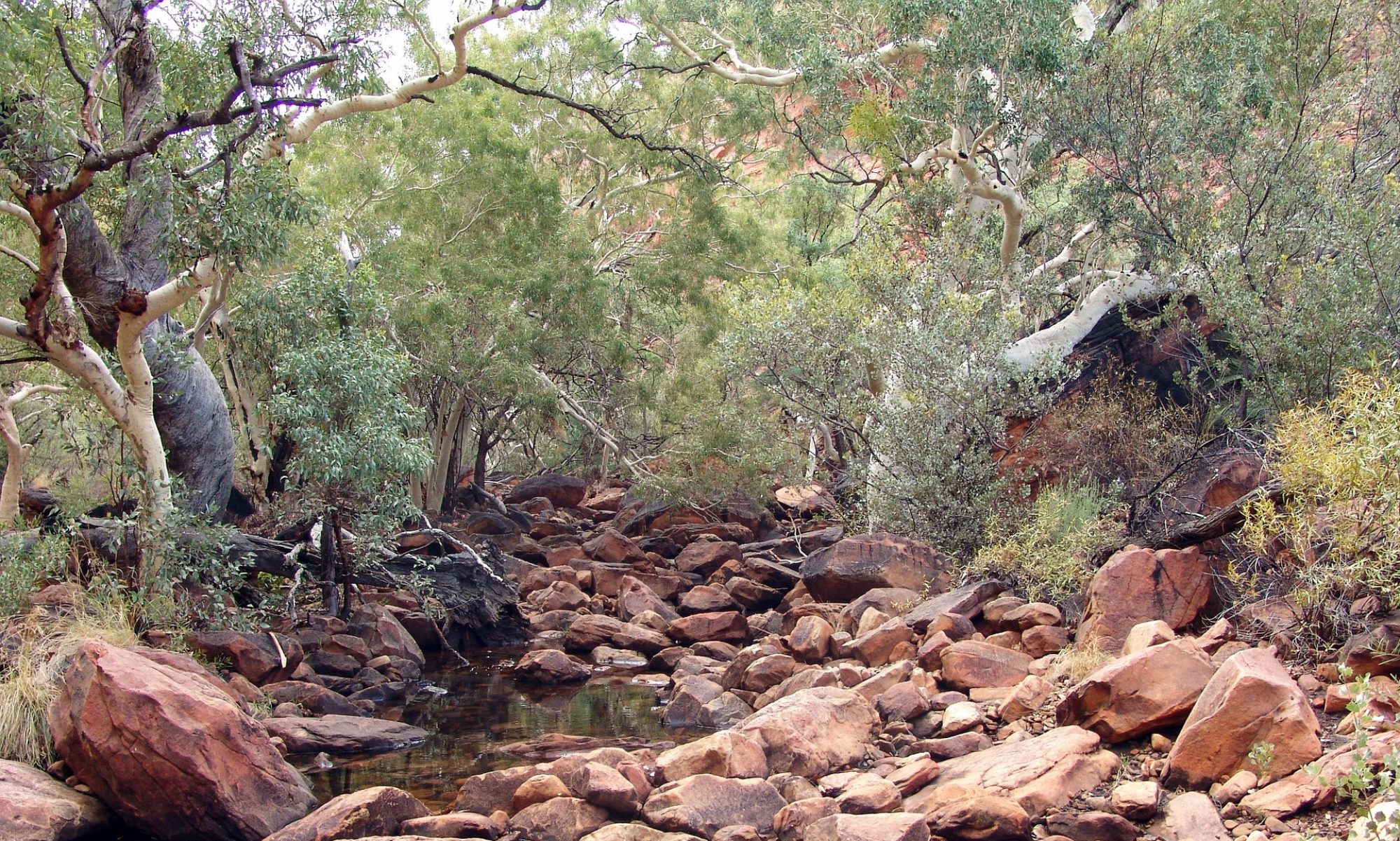 Asking for money is one of the more challenging things that every charity has to do. The first question we need to answer, however, is “Why are we asking?” If we don’t have a clear and compelling answer, we’re handicapping ourselves from the start.
Asking for money is one of the more challenging things that every charity has to do. The first question we need to answer, however, is “Why are we asking?” If we don’t have a clear and compelling answer, we’re handicapping ourselves from the start.
So here’s why.
- It’s to give people the opportunity to contribute to the world they believe in.
- It’s to give us the ability to keep working on creating a world that works, by providing “regenerative community solutions,” i.e., practical ways of restoring and building communities that last and become self-reinforcing and self-sustaining.
- Ultimately, it’s to empower the world of generosity, the you-and-me world, rather than the you-or-me world.
In The Soul of Money, Lynne Twist, who has raised more than $150 million in individual contributions, tells the story of her own first monetary contribution:
It was at a time when Bill was making money and we were living comfortably enough. I wasn’t very experienced at this fund-raising work yet, but was the coordinator for this small fund-raising strategy event for The Hunger Project. We had invited about forty people, and a respected businessman named Leonard led the meeting. After we had addressed the relevant issues of a fund-raising strategy, the moment came when I know it was time to ask the participants for money, and I signaled Leonard. I was surprised when he asked me to sit down and join the group myself.
Leonard started passing out the pledge cards. I thought about the design work I’d done on them, and how well they’d turned out — no typos! Then the little basket of pencils came around, and there were all these pencils I’d sharpened, enough for everyone — things were going smoothly, and I felt great! Then Leonard personally handed me a pledge card, and I was a little bit stunned. After all, I was a young mother and I had this wonderful commitment to The Hunger Project, but I was being paid very little, and I didn’t see myself as having any money.
At home, I had an allowance for groceries and household and nursery expenses, but basically, when it came to personal spending money, my piece of the family pie was rather small, and I felt I had no business making a pledge from that money. It was family money — not just mine — and I didn’t feel free to make a commitment with it. But I felt moved from my soul to pledge $2,000, and as I wrote that figure down on the pledge card, I had this rush of feeling — yes, it would be a stretch. but it was also a real statement from me about my commitment, and I’d just have to do some rearranging of household and other money commitments to do that. So I felt this surprising sense of exhilaration and power when I signed the card with a $2,000 pledge and passed it in. It was the point at which I began to take a stand with money in the most personal way. I knew we could find a way to make good on that pledge.
This illuminates much of what we all feel when we’re asked to give away our own money — everything from how poor we feel, to how or where we are actually going to get the money, to our thoughts about whether we “should” or not. But if you can get the donor to stand in the possibility of making such a contribution, and see if it is meaningful to them in this way, that it speaks to something their soul, then asking for money becomes an invitation to a transformative breakthrough.
To do this we need to stand in the donor’s shoes. You’d think that for people to come up with $10 would not be a big deal, but if you’re constantly being asked, for this charity and that, and the “acceptable” or “expected” amounts on the card keep going up, very soon they learn to restrain the impulse to give to every cause that comes along. A majority of people do not fish in their pocket for a dollar when they see a panhandler. There’s even a hesitancy to round up a few cents on a purchase, in order to give those cents to charity. So we need to have a different conversation, a conversation that interrupts all the internal chatter, that has people see the possibility of creating the kind of reality they’d like to belong to, and calls to their commitment. At this point their giving becomes a form of accomplishment.
We need to see that by giving, the donor makes everything possible. Whatever amount they give is not unimportant, but it’s less important than the act go giving itself, and especially of giving in a way that’s a stretch, expanding our capacity to contribute, something to live into.
Later in the book, Lynne speaks of her spiritual transformation around money.
It is clear to me now as I think about this human experience of ours, and the fact that one of the most defining, demanding aspects of being engaged in the human experience is our struggle, our challenge, and our interactions with money, I saw again as I had seen many times before, but this time even more clearly, that money — an arena of life that so hooks and seduces us — can be our greatest ally in our own transformation and the transformation of the world in which we live.
What we’re all about is the transformation of the world in which we live. We’re more convinced than ever that we can create this world of possibility, if we come together and tackle the practical problems that stand between us and — not Utopia, for that by definition is an impossible ideal — but “the more beautiful world that our hearts know is possible,” as Charles Eisenstein calls it. We call these practical approaches “regenerative community solutions,” that is, solutions that become self-reinforcing and self-sustaining once they’re introduced into a community.
So perhaps we need to approach both asking and giving as a transformational experience, a little like The Hunger Project does, but more fully articulated from the outset. We know much more about what we are going to do than The Hunger Project did when it first started. People were simply asked to sign a card committing themselves to a world without hunger by the year 2000. That commitment then triggered, for some of us, the desire to contribute our time and our money, not only to the cause, but also to expanding the circle of contributors to others we knew. But we didn’t know exactly what The Hunger Project was going to do with the money. And in our own case as well there’s still plenty to be figured out. You could call what we’re doing “The Earth Project” or “The Planet Project,” or “The Survival of the Human Species Project.” What we are doing is bringing transformation to sustainability.
NJPACE is one example of this. It’s a lever with which we can move the world. It’s an example of the kind of solution we’re looking for, a mechanism for aligning the interests of investors, property owners, energy services contractors, and municipalities to create economic development, by doing what needs to be done to make our buildings more energy-efficient, renewable, and resilient. Rather than seeing climate change as the unmitigated catastrophe that it could become, we see it as an opportunity to make our communities more climate-aware, reducing our own climate footprint, and preparing for a world of more extreme weather. By finding a way to invest in this now, and reap the benefits in savings and earnings over the next 20 to 30 years, we create jobs doing the things we know need to be done, instead of drifting further and further toward a dead end.
Lynne Twist writes:
More than a thousand years ago, the mathematician Archimedes said, “Give me a place to stand, and I will move the world.” I like to say that when we take a stand, we can move the world — the world of ideas and people who act on them. Taking a stand is a way of living and being that draws on a place in yourself that is at the very heart of who you are. When you take a stand, it gives you authenticity, power, and clarity. You find your place in the universe, and you have the capacity to move the world.
Money is so intricately interwoven with every other aspect of our lives that when we take a stand to make a difference with our life, it has an organizing effect on our relationship with money, and when we take a stand to make a difference with our money, it has an organizing effect on every other part of our life.
So why are we asking?
- It’s to give everyone the opportunity to take a stand and contribute to the world they believe in.
- It’s to give us the financial ability to keep working on creating a “World that Works,” by providing regenerative community solutions — practical ways of restoring and building communities that last and become self-reinforcing and self-sustaining.
- Ultimately, it’s to empower the “one world” built upon cooperation and generosity — the you-and-me world, rather than the you-or-me world.
It is to support both principled and practicable work, making it possible for people to thrive in ways they are simply not doing today, while seeing the consequences of climate change, mass extinction, and the accumulation of toxic wastes bearing down on them as an almost unavoidable future. Currently we still have historically high unemployment and underemployment; while there are thousands of meaningful jobs that ought to be getting done, but which we can’t afford to do because we don’t have the resources being applied in the right ways and in the right places. With so many people idled and misallocated, we are simply not preparing ourselves for a sustainable future. We say we “can’t afford” it. Well, we say that we can’t afford not to, especially if the resources are at hand. PACE is one way of channeling these resources into building for a better future.
And we’re asking for your help and financial support in getting this started. $10, or $10,000, depending on what is a stretch for you. We can promise you it will make a difference. Pass in those pledge cards now. Thanks
Reprinted from: Why We’re Asking (9/5/2014)

May I ask: what EXACTLY is the financial model, or plan that PACE is advancing.
ie no or low cost loans?
Incentives are better. But still I would like to know, TX
The key is that these are long-term (20-30 year) financing models, which means that the monthly payments are less than the savings achieved through the improvements. Interest rates are lower than typical commercial loans, and require no credit approval, only evidence of paying property taxes, etc.